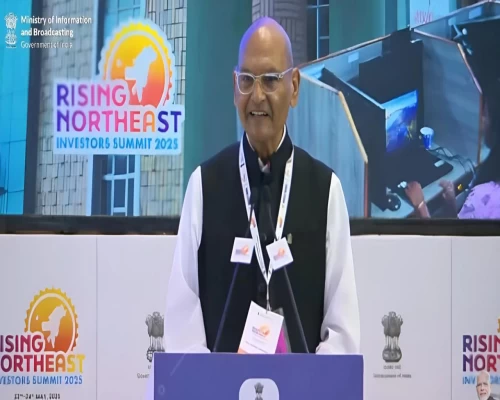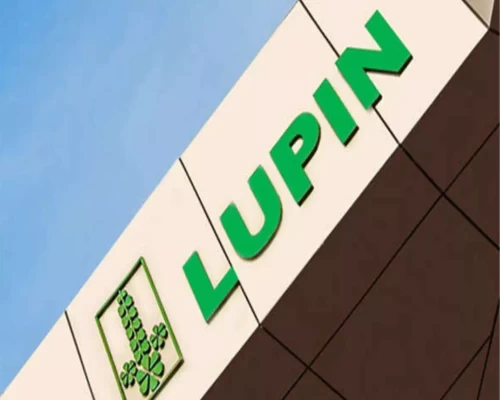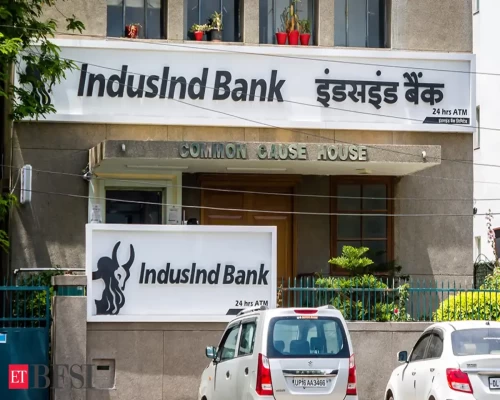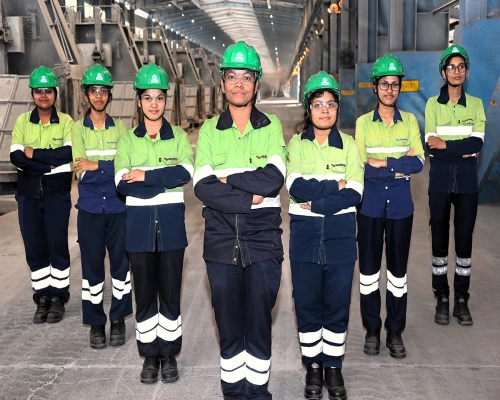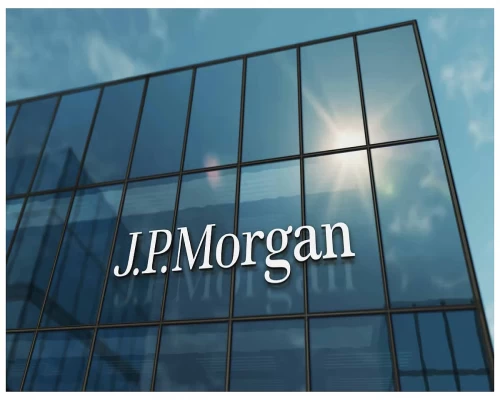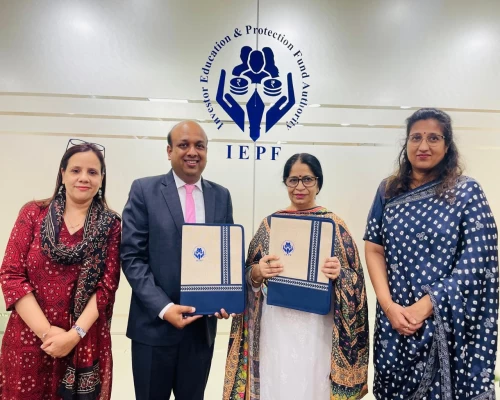
New Delhi: Foreign direct investment (FDI) flows to developing countries in Asia rose by 19 per cent to an all-time high of $619 billion in 2021, according to UNCTAD’s World Investment Report 2022 published on June 9. This marked the third consecutive year that investment flows to the region grew despite the COVID-19 pandemic, which led to a 35 per cent plunge in global FDI in 2020.
“FDI flows to developing economies in Asia during the pandemic have bucked the global trend and underscored the resilience of developing economies in Asia,” said James Zhan, director of UNCTAD’s investment and enterprise division. Although the upward trend in 2021 was experienced across most sub-regions – South Asia was the only exception – just six countries attracted more than 80 per cent of FDI inflows.
China was the main recipient, followed by Hong Kong (China), Singapore, India, the United Arab Emirates and Indonesia. FDI growth in China picked up pace in 2021, jumping by 21 pc to $181 billion, after a 6 pc increase in 2020. It was powered by strong investment in services and high-tech sectors, where the outlook also remains positive for 2022.
International project finance deals in the country reached a record. One of the largest projects was the construction of a $1 billion data centre in Shanghai, sponsored by Singapore-based Princeton Digital Group. FDI flows to Hong Kong, China grew by 4 pc to $141 billion, mostly accounted for by companies reinvesting their earnings ($108 billion).
South-East Asia resumed its role as an engine of growth for FDI in developing Asia and globally, with increases across most countries in the sub-region. The rise was underpinned by strong investment in manufacturing, the digital economy and infrastructure. Singapore, the sub-region’s largest recipient, saw inflows up by 31 pc to $99 billion, driven by a jump in cross-border mergers and acquisitions (M&As).
The largest deal was the $34 billion merger of US-based Altimeter Growth Corp with Grab, a Singapore-based software publisher. Announced green-field projects in the city-state nearly doubled to $13 billion, with a $4 billion project by Global Foundries, based in the United Arab Emirates, to build a chip making plant in Singapore.
Malaysia also attracted chipmakers. The largest green-field project announcements in the country were all in semiconductors – Risen Solar Technology (China) for $10 billion, Intel (United States) for $7 billion and AT&S (Austria) for $2.1 billion. The strong growth in FDI in West Asia in 2021 was mainly driven by a significant rise in cross-border M&As.
While the United Arab Emirates remained the largest recipient, with flows stable at $20 billion, inflows more than tripled in Saudi Arabia to $19 billion and rose by 60 pc to $13 billion in Turkey, where FDI had declined the previous two years. In the United Arab Emirates, the German-based logistics company DHL Global Forwarding and the French energy and oil company Total announced a joint project to build a solar energy project in Dubai for $633 million.|
South Asia was the only sub-region to suffer a drop in FDI inflows in 2021, as the $28 billion M&As registered the previous year were not repeated. However, a flurry of 108 new international project finance deals were announced in the country, compared with an average of 20 in the last 10 years. The largest number of projects (23) was renewable. FDI flows to Kazakhstan, Central Asia’s largest recipient, fell by 14 pc to $3.2 billion in 2021, with declines registered in extractive industries and transportation.
Foreign investment flows into sectors key to achieving the UN Sustainable Development Goals (SDGs) rose significantly across developing countries in Asia. International project finance values in these sectors increased by 74 pc to $121 billion, primarily because of strong interest in renewable energy. “Looking ahead, mega-regional efforts are likely to boost further cross-border investment,” Zhan said. These include the Comprehensive and Progressive Agreement for Trans-Pacific Partnership, the Regional Comprehensive Economic Partnership and the Indo-Pacific Economic Framework for Prosperity. /BI/




